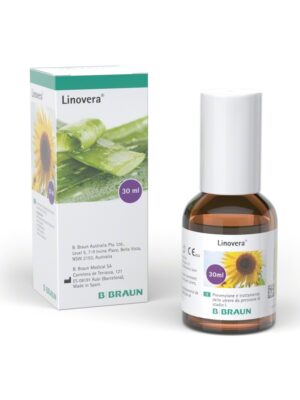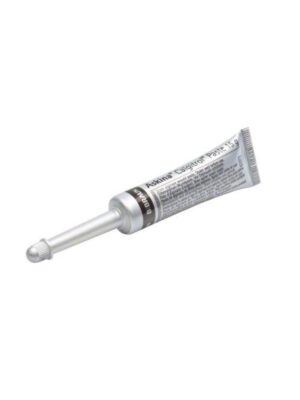What is bedwetting?
A bed sore, also known as a pressure ulcer , is a skin lesion that is caused by staying in the same position for a long time. Continuous pressure or friction, as well as moisture, are causes of bedsores in patients. Although bedsores are more common in older people, they often occur in quadriplegics or in people who remain bedridden for a long time due to an accident. Thus, the continuous pressure exerted on a specific part of the body, either from a bed or a wheelchair, leads to a breakdown of the skin and underlying tissues - that is, a bedsore on the skin!
Which Areas Are Most Prone to Developing Bedsores?
Bone-covered areas of the skin, such as the hips, back, ankles, and buttocks, are more prone to pressure sores . The table below provides more detailed information on the most common areas where a pressure sore may appear:
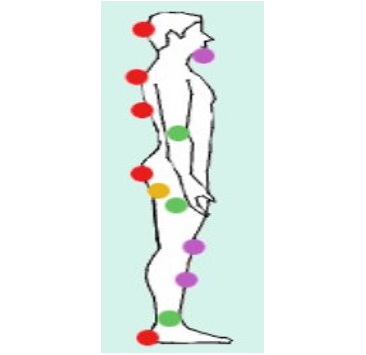
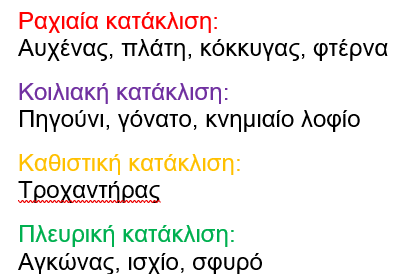
According to the NPIAP- National Pressure Injury Advisory Panel, a pressure ulcer goes through 4 stages which are identified by the corresponding symptoms:
STAGE I
The First Signs of Bedsores
When a pressure sore is in its early stages and begins to form, skin discoloration, warmth, swelling, hardness, or pain are observed at the site.
STAGE II
At this stage, there is partial thickness skin loss and the ulcer that has formed is small in size and open. There is also a red/pink bottom of the ulcer, without necrotic tissue.
STAGE III
In stage III, the ulcer causes loss of a large portion of the skin and necrosis or destruction of the underlying tissues. In this case, subcutaneous fat may be visible.
STAGE IV
This stage is the final stage of an ulcer where there is full-thickness tissue loss. Necrotic tissue or eschar may also be present. Erosion and fistula are often present. Finally, the depth of the ulcer depends on the anatomical site where the pressure ulcer has developed.
Ulcer photos
Stage I
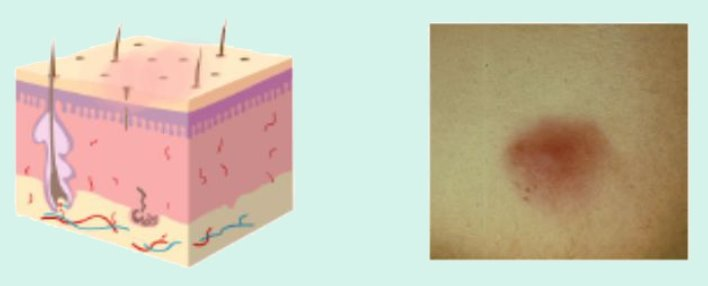
Stage II
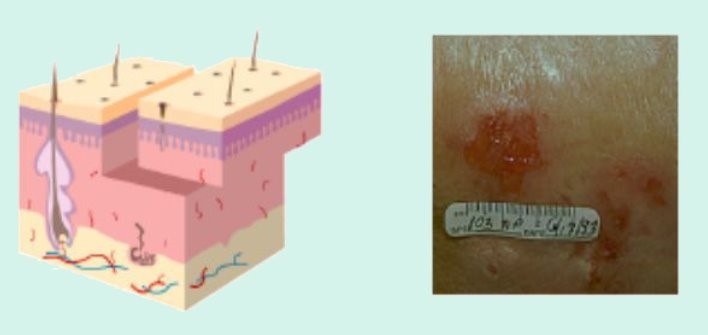
Stage III

Prevention and Treatment of Bedsores
Of course, the best treatment for a pressure ulcer is to prevent its formation!
For this reason, bed sores are prevented in the following ways:
Bedsore Treatment
- The patient should be moved at least every 2 hours, or sooner if possible, so that pressure is not continuously applied to the same part of the body.
- It is good to use an air mattress so that the ulcer can breathe, contributing to its healing.
- The patient should be fed in cases where he is malnourished, so that he receives all the necessary elements for his body and blood circulation is enhanced.
- If the patient is incontinent , diapers should be changed frequently to avoid the constant presence of moisture and germs in the area, which can cause bedsores. The acidic pH of urine corrodes the skin, causing bedsores. It is advisable to use a spray or soothing cream to protect the skin of the bedridden patient.
- Skin that is permanently in contact with a surface should receive the necessary care. By using the soothing Linovera oil with more than 75% linoleic acid and Aloe Vera, you can strengthen your skin's defenses and protect it! In this way, you prevent the formation of ulcers! However, if the ulcer has started to form but is in stage I, treat it again with the use of the Linovera reconstruction oil.
Treatment for bedsores
Once an ulcer has formed, it is important to use products that will accelerate and facilitate the healing of your wound! For this reason, we recommend cleaning the ulcer at each dressing change using Prontosan® Wound Irrigation Solution. with polyhexanide antimicrobial agent 0.1% and betaine 0.1% . The products of the Prontosan family are suitable for the healing stage and capable of maintaining a moist environment necessary for the rapid healing of your wound! They are the only ones that break down the biofilm and prevent its re-formation.
Local Care of a Bedsore
After cleaning the bed sore, you should cover the wound with an Askina® DresSil Silicone Foam Dressing . These bed sore dressings are specially designed to reduce pain when removing the dressing and prevent adhesion to the ulcer surface. Unlike conventional sterile gauze that is usually used for dressing changes, with Askina DresSil you can perform atraumatic dressing changes even on painful ulcers, due to the hydrogel and silicone coatings it contains! Finally, it is extremely flexible and ideal for difficult or moving areas (knees, elbows and skin folds).
Askina® DresSil
Why isn't my wound healing?
Risk of Infection
Among other factors such as poor blood circulation, malnutrition, diabetes, heart problems and the patient's general poor health, a very important and common reason why a wound is slow to heal is infection . In cases with clear signs and symptoms of infection, the doctor prescribes antibiotics. However, many patients develop high resistance to antibiotics due to chronic use! Askina Calgitrol Paste is ideal for the local management of an infected ulcer, as it offers long-lasting antibacterial protection against a wide range of microorganisms such as staphylococcus (MRSA) which is responsible for many infections. Enriched with 100% silver ions, it contributes to the optimal treatment of inflammation!



